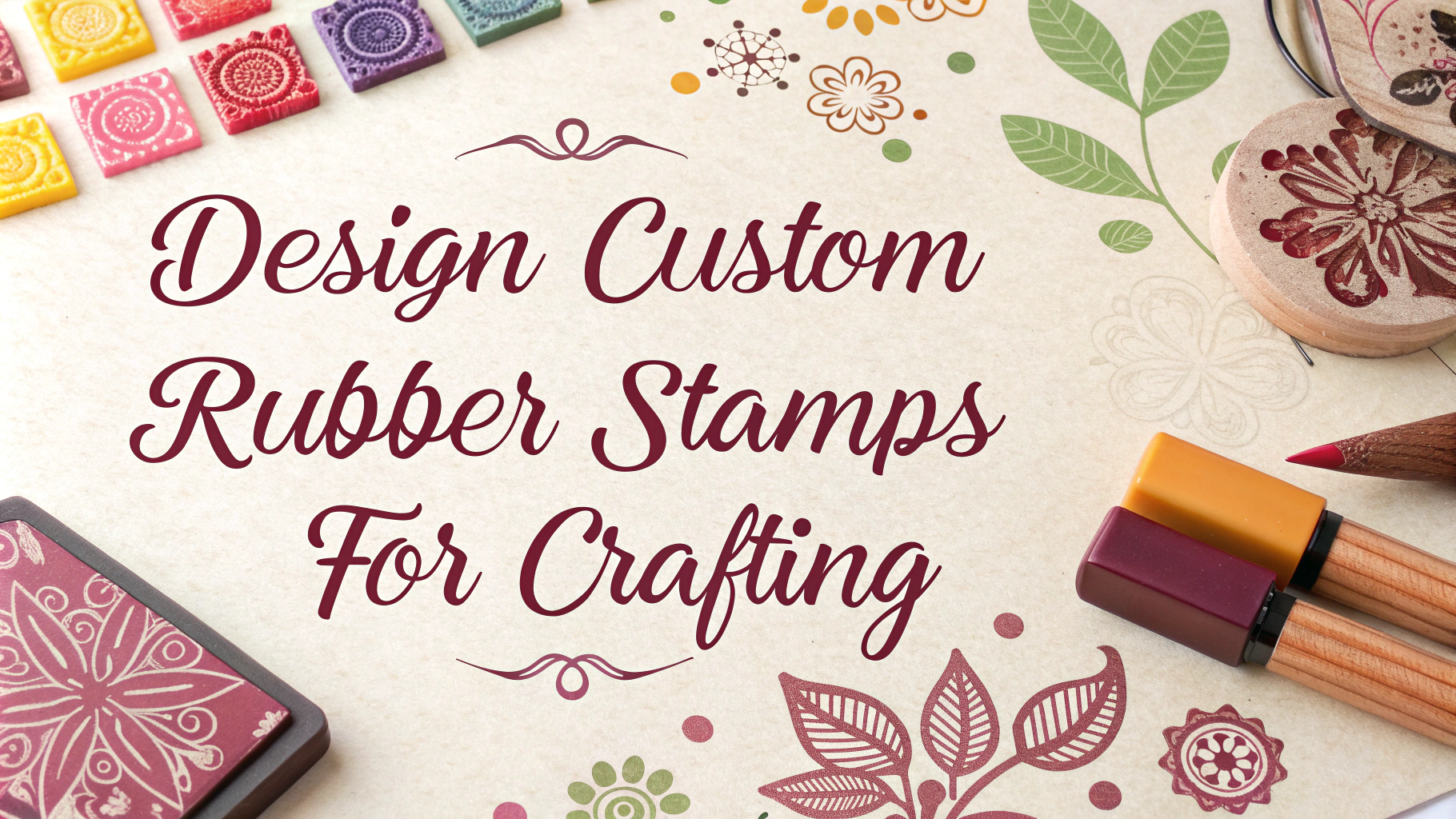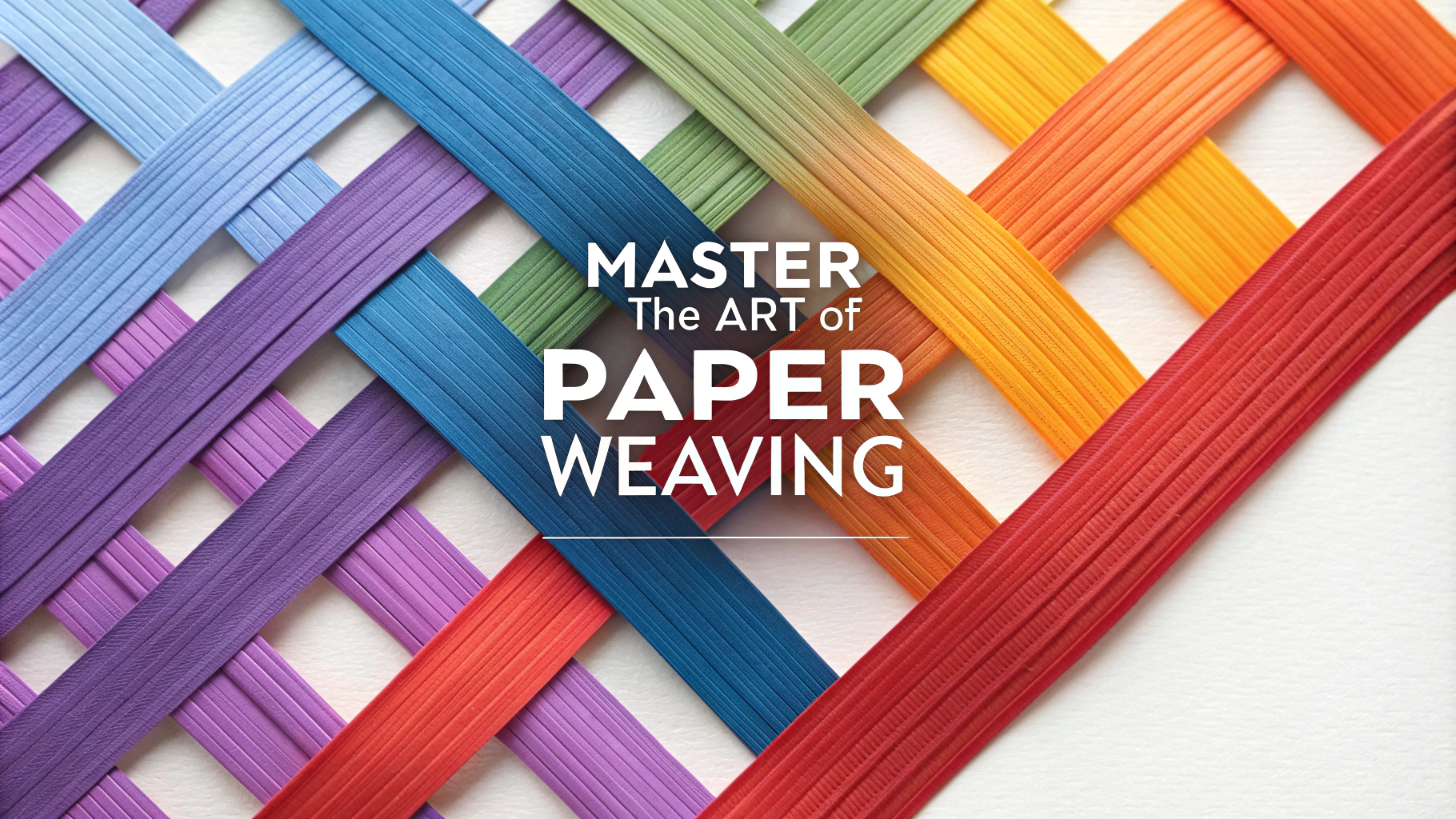Working with resin art can be tricky for beginners, but understanding common mistakes helps create stunning pieces from the start.
Safety First – Essential Protection
Always work in a well-ventilated area and wear nitrile gloves, a respirator mask rated for organic vapors, and protective eyewear.
Common Resin Art Mistakes to Avoid
1. Incorrect Mixing Ratios
- Measure parts A and B exactly as specified by the manufacturer
- Use separate mixing cups for accurate measurements
- Mix thoroughly for 3-5 minutes, scraping sides and bottom
2. Temperature Issues
- Work in room temperature between 70-75°F (21-24°C)
- Warm resin bottles in warm water bath if too cold
- Store resin at consistent room temperature
3. Surface Preparation Errors
Clean surfaces thoroughly with isopropyl alcohol and ensure they’re completely level before pouring.
4. Bubble Problems
- Use a heat gun or torch to remove bubbles
- Hold heat source 6-8 inches away from surface
- Move quickly to avoid overheating
Recommended Tools for Beginners
| Essential Items | Optional Tools |
|---|---|
|
|
Quick Tips for Success
- Pour in thin layers (1/8 inch) for better curing
- Cover work area with plastic sheeting
- Use a dust-free environment during curing
- Allow proper cure time (usually 24-72 hours)
Contact professional resin suppliers like ArtResin for specific product guidance and safety information.
Troubleshooting Common Issues
- Sticky surface: Incorrect mixing ratio or temperature issues
- Cloudiness: Moisture contamination or mixing too vigorously
- Uneven hardening: Inconsistent mixing or temperature variations
- Color separation: Incompatible pigments or inadequate mixing
Join online resin art communities like #ResinArt on Instagram for inspiration and support.
Advanced Techniques
- Layer different colors for depth effects
- Create cells using silicone oil
- Incorporate mixed media elements
- Use metallic powders for shine
Environmental Considerations
- Dispose of resin waste properly
- Use eco-friendly cleanup methods
- Store materials in sealed containers
- Consider biodegradable alternatives when possible
Maintenance and Care
Cleaning Finished Pieces
- Use mild soap and water
- Avoid harsh chemicals
- Clean with soft, lint-free cloth
- Store away from direct sunlight
Conclusion
Success in resin art requires attention to detail, proper safety measures, and patience. Start with basic techniques, maintain proper working conditions, and gradually experiment with advanced methods. Regular practice and learning from mistakes will lead to improved results over time. Remember to prioritize safety and proper handling of materials while exploring this versatile medium.
For additional resources and tutorials, visit local art supply stores or join workshops in your area.
FAQs
1. What safety equipment do I need for resin art?
Nitrile gloves, respirator mask with organic vapor filters, protective eyewear, long sleeves, and adequate ventilation in your workspace.
2. Why does my resin have bubbles and how do I prevent them?
Bubbles occur from mixing too vigorously or pouring too quickly. Use a heat gun or torch to remove bubbles, warm your resin components before mixing, and stir slowly and methodically.
3. Why isn’t my resin curing properly?
Improper curing usually results from incorrect mixing ratios, not mixing thoroughly enough (minimum 3-5 minutes), or working in temperatures below 70°F (21°C).
4. What causes resin to turn yellow over time?
Yellowing occurs from UV exposure, using low-quality resin, or incorrect mixing ratios. Use UV-resistant epoxy resin and display pieces away from direct sunlight.
5. How do I achieve clean resin layers without bleeding?
Wait until each layer is at least partially cured (tacky but not completely hard) before pouring the next layer, typically 4-6 hours depending on your resin type.
6. Why does my resin feel sticky after 24 hours?
Sticky resin indicates incomplete curing, usually caused by improper mixing ratios, cold temperatures, or humidity above 70%. Ensure precise measurements and ideal working conditions.
7. What causes resin to overheat or smoke during curing?
Mixing too much resin at once or pouring layers too thick can cause exothermic reaction. Pour layers no thicker than 1/4 inch (6mm) at a time.
8. How do I prevent resin from leaking from my mold?
Seal any potential gaps with clay or tape, ensure molds are level, and test for leaks with water before using resin. Use release agent for proper demolding.
9. What’s causing my pigments to sink or separate in the resin?
Heavy pigments sink when resin is too thin or taking too long to cure. Use suspension solution for heavy pigments and mix thoroughly just before pouring.
10. How long should I wait before demolding my resin piece?
Wait at least 24-48 hours for initial curing, though full cure takes 72 hours to 7 days depending on resin type, temperature, humidity, and piece thickness.









